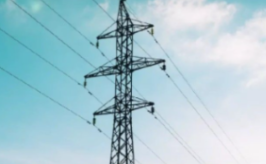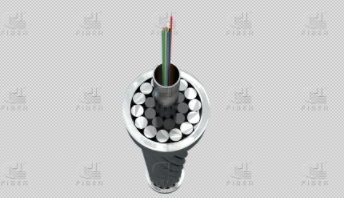
-

How to distinguish the advantages and disadvantages of ADSS optical cables?
How to distinguish the advantages and disadvantages of ADSS optical cables? 1. Outer: Indoor fiber optic cables generally use polyvinyl or flame-retardant polyvinyl. The appearance should be smooth, bright, flexible, and easy to peel off. Inferior fiber optic cable has a poor surface finish and i...Read more -

Basic Fiber Cable Outer Jacket Material Types
As we all know, There are several parts that made up the fiber cable. Each part starting from the cladding, then the coating, strength member and lastly the outer jacket is covered at the top of each other to give protection and shielding especially the conductors and the fiber core. Above all of...Read more -

Knowledge of Overhead Power Ground Wire (OPGW) Fiber Cable
OPGW is a dual functioning cable performing the duties of a ground wire and also providing a patch for the transmission of voice, video or data signals . The fibers are protected from environmental conditions (lightning, short circuit, loading) to ensure reliability and longevity. The cable is de...Read more
